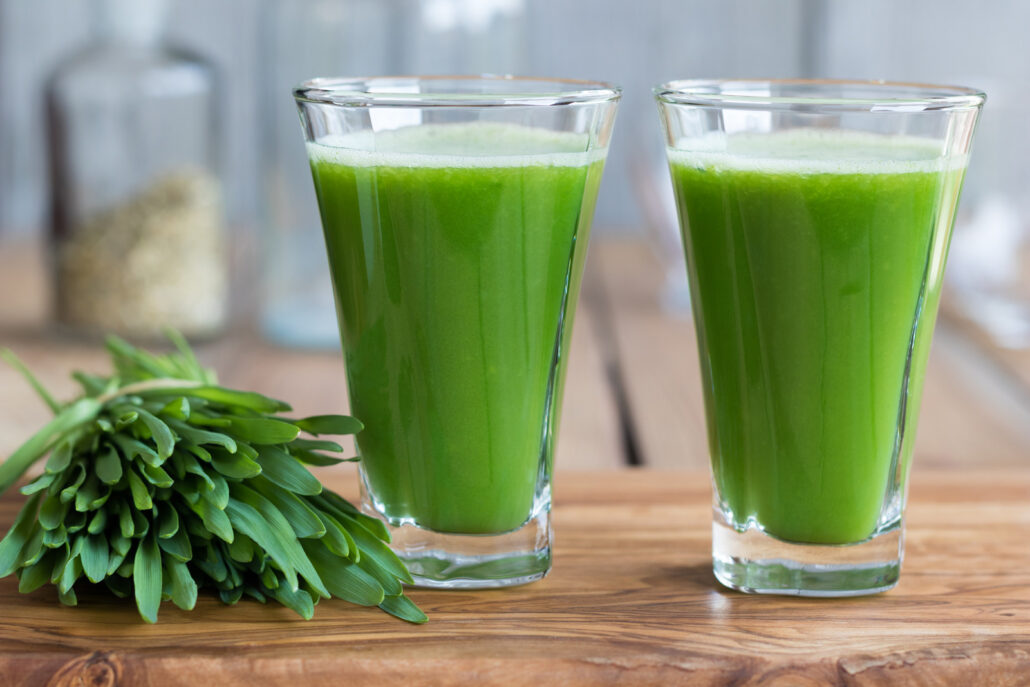
Wheatgrass is a food made from the Triticum aestivum plant. It’s regarded as a super potent health food with amazing benefits. It’s usually consumed as a fresh juice, but it also comes in powdered form. Fresh wheatgrass juice is considered to be a living food.
Health enthusiasts have long raved about the countless benefits of this plant, and for good reason. It can be used as an everyday health tonic and may even help treat specific diseases. More research is needed to truly determine its efficacy, but researchers agree that wheatgrass has potential.
Keep reading to discover the possible healing benefits of wheatgrass.
It’s a superfood
Wheatgrass is packed with a powerful combination of nutrients that make it extremely useful to your health. It has many therapeutic benefits and is known as complete nourishment. The extensive combination of vitamins and nutrients may make wheatgrass an exceptional choice to enhance your well-being. Wheatgrass has antioxidant, antibacterial, and anti-inflammatory properties.
It contains
- iron
- calcium
- enzymes
- magnesium
- phytonutrients
- 17 amino acids
- vitamins A, C, E, K, and B complex
- chlorophyll
- proteins
It can eliminate toxins
The nutrients in wheatgrass aids in detoxing the body healthy liver function. Once your body is cleansed, you may see an increase in energy levels and better health overall.
It can boost your metabolism
Drinking wheatgrass can boost your metabolism. Wheatgrass is a nutrient-dense food, leading many to feel fuller faster and longer. This can help to reduce cravings.
It can boost your immune system
Wheatgrass enhances the function of your immune system. This can help ward off infection and disease. Plus, you’ll feel much better when your immunity is performing at optimal levels. If you do get some type of illness, having a strong immune system can help you recover more quickly.
Are there any side effects?
You should only purchase wheatgrass from a trusted supplier, such as a reputable health store. Talk with an associate to ensure that the plants were grown and cleaned properly. This helps to eliminate the possibility of harmful bacteria and mold.
When you first start taking wheatgrass, begin with a small dose and gradually increase your intake to meet the recommended dose. This will help to get your body adjust to digesting wheatgrass.
A typical liquid dose is anywhere from 1 to 4 ounces (oz.), or about 2 shots. The usual powdered dose is 3 to 5 grams, or about 1 teaspoon. Drinking an 8 oz. cup of water after taking wheatgrass can help reduce your risk for side effects.
Possible side effects include:
- nausea
- headache
- constipation
- upset stomach
- fever
These symptoms typically fade within two weeks, or after your body has adjusted to the wheatgrass.
Don’t take wheatgrass if you’re pregnant or breastfeeding. Allergic reactions are possible in some people, especially people who are allergic to wheat or grass. It may also affect you differently if you have a blood disorder, celiac disease, or a gluten intolerance.
Read https://www.healthline.com/health/food-nutrition/wheatgrass-benefits for more information.
